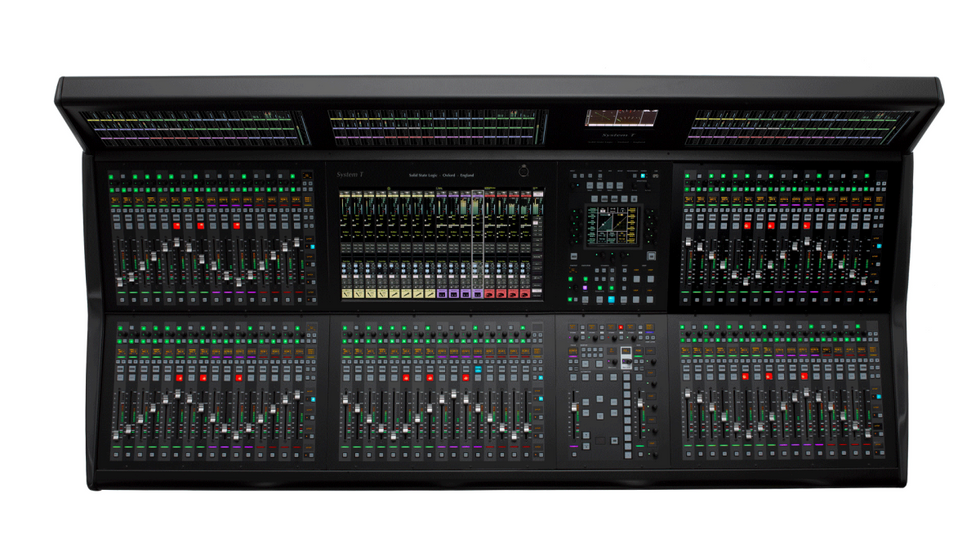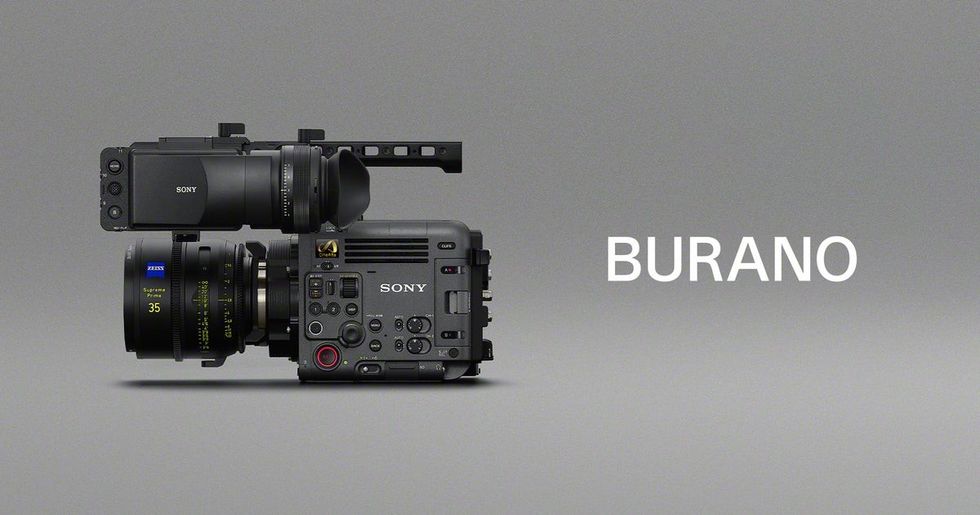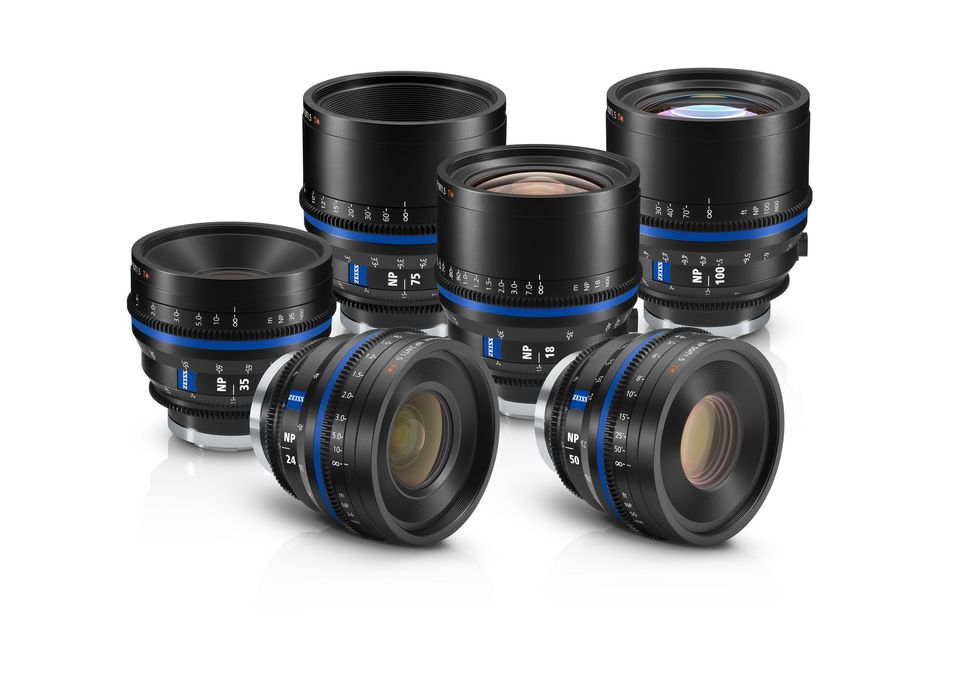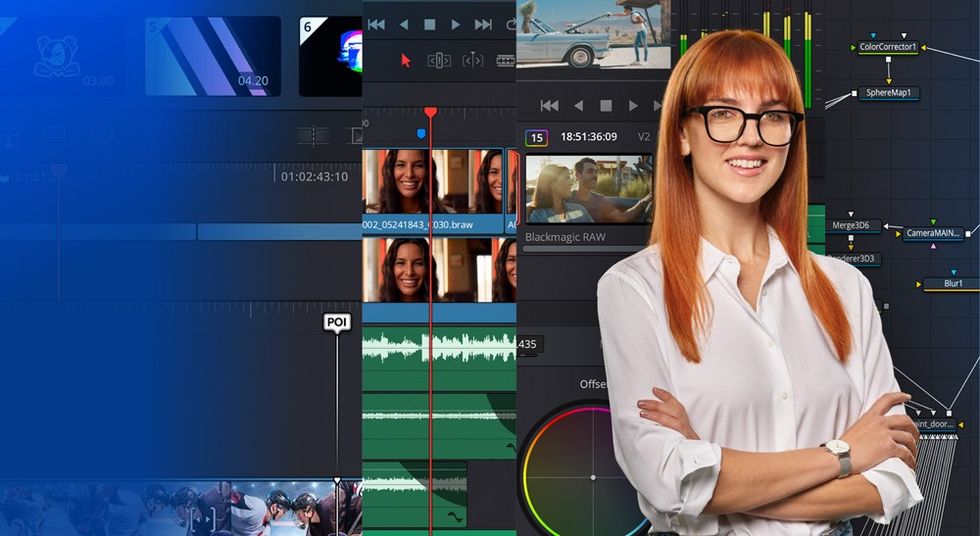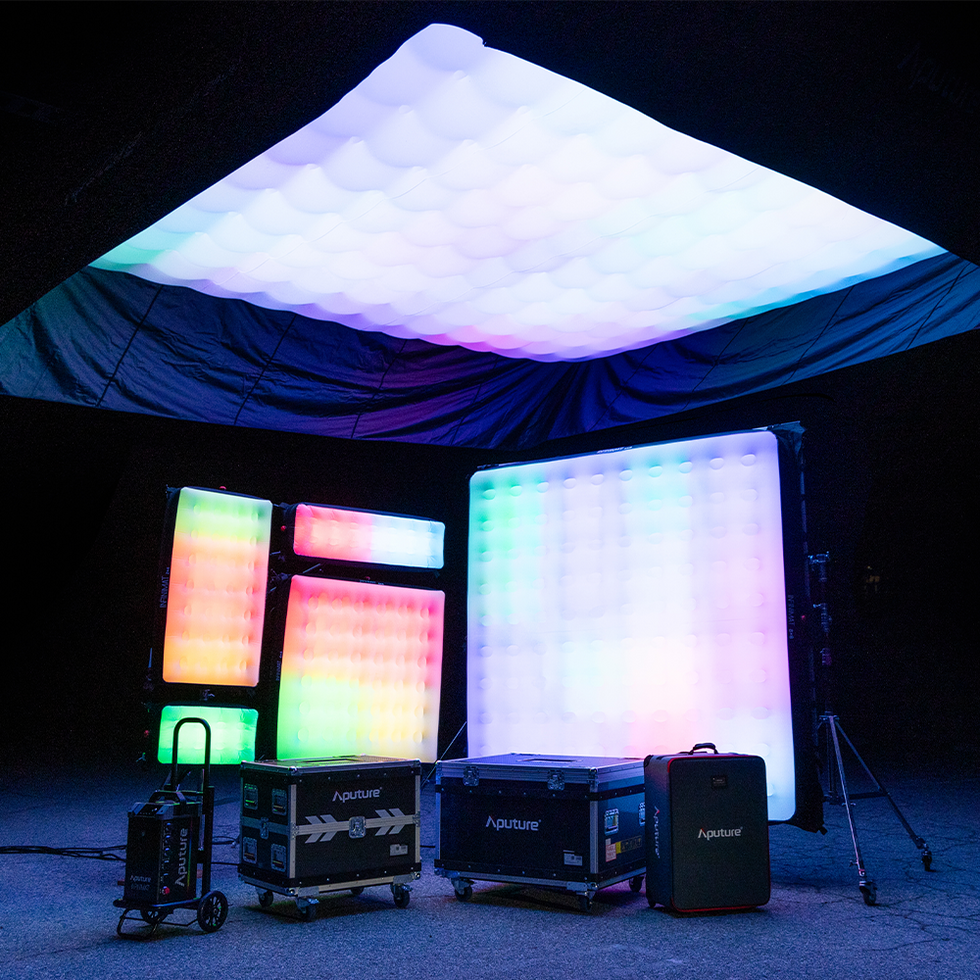Charlie Kaufman's Sundance Cinema Cafe: 'Animators Are Actors in Their Own Right'
"The audience has an awareness of those handmade qualities, the imperfect nature of it," said Charlie Kaufman about stop-motion animation on Saturday afternoon at the Sundance Cinema Cafe. "They know there are people outside this frame making choices."
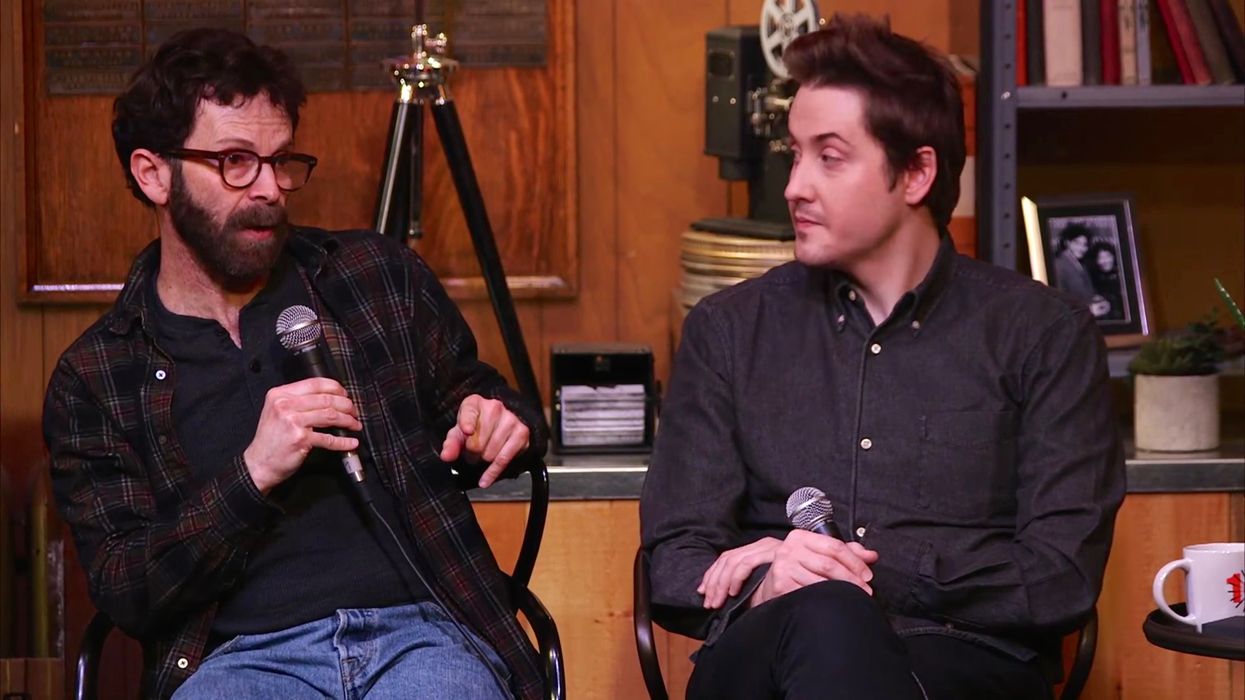
Joining Charlie in this behind-the-scenes discussion were his Anomalisa co-director Duke Johnson, cinematographer Joe Passarelli, and producer Rosa Tran. Charlie and company describe everything from their belief in the medium, to details like animating every breath in the film and staying away from the uncanny valley. Watch this interesting discussion, which also feature a BTS video of the much-talked about puppet sex scene in the film, below.
Here are a few interesting points from the discussion for you to ponder.
On the relationship, language, and role of animators:
I talk to them like actors. They are actors in own right. They are extremely technical, and understand the physics of movement. They are very involved in figuring out mechanically what to do to achieve what the puppet does. We express what the characters are feeling to the animators.You have video representations of actors themselves that helps. They see how the actors are gesturing, and that's studied to a very find point. And first, they study voice to get a visual in their mind -- On set they listen to audio a frame at a time.
On avoiding the "Uncanny Valley" by lighting tiny, animatable eyes:
There's a grey area between artifice and too weird. The closer [stop motion] gets to being lifelike, it gets weirder and creepy to people. We had a lot of conversations about that. We wanted to be realistic. One of the things we realized that uncanny valley focused a lot on dead eyes. We wanted to find how to avoid dead eyes, so we made them animatable. But they were tiny and had to be separately animated.
On 3D printing of thousands of body parts:
Our faces were 3d printed. For [a single character's] mouth, there are about 150 mouth pieces in different expressions and different percentages of those expressions. Say, 50% happy. So you have 100s of 1000s of faces! We modeled these faces, 3D printed them, dumped them in a glue bath, then check QC for color accuracy, etc. The animators would work with directors to choose the face for a single moment.
On the importance of handmade stop-motion animation:
It has a made quality that is disappearing from computer animation -- it adds a soulfulness. The audience has an awareness of those qualities, the imperfect nature of it. They know there’s people outside of this frame making choices. That they made a choice to animate it at 1/24th of a second over the course of several days. It's imbued with that knowledge, and it adds something to it.
Check out more behind-the-scenes on the making of Anomalisa on No Film School here.
For more, see our complete coverage of the 2016 Sundance Film Festival.
No Film School's video and editorial coverage of the 2016 Sundance Film Festival is sponsored by Blackmagic Design.

